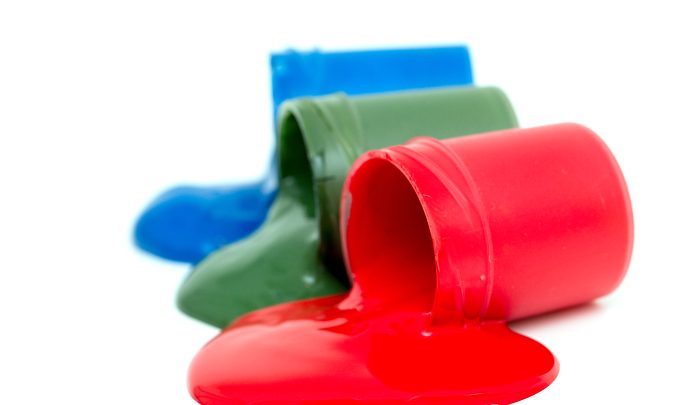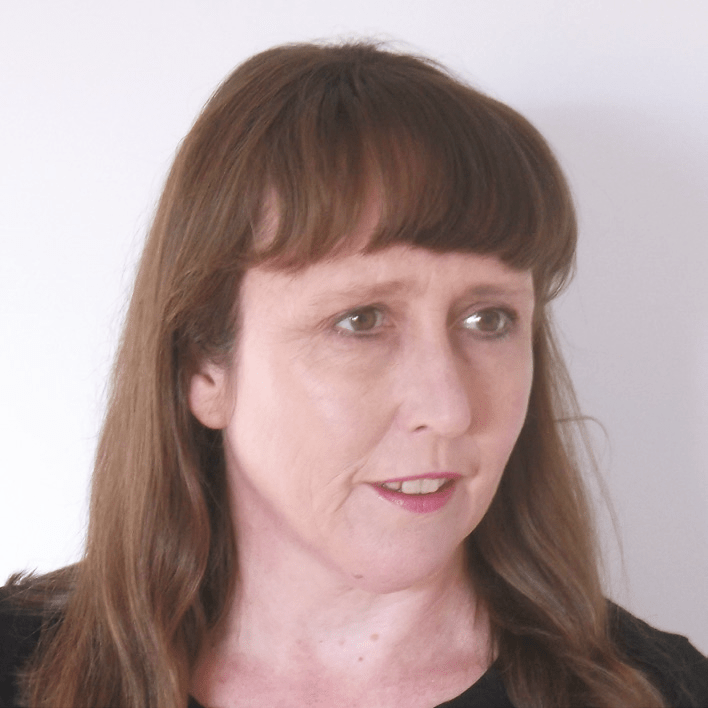A Little Localised Chaos Is All Part Of Growing Up – But So Is Learning To Tidy Away Afterwards

Children expressing themselves by making another fine mess is a natural part of their development, they might need a bit more persuading to make clearing away part of it too

- by Sue Cowley

Children’s play is often a messy business – they get mud on the carpet, paint on the walls and scatter toys underfoot for you to tread on (painfully).
Adults tend to rate tidiness highly as a virtue, whereas to small children it hardly seems relevant, especially if we’re willing to tidy up after them. Helping children to understand why it can be good to make a mess, but why it’s also important to tidy up afterwards, is a key part of your role.
The scenario
Of late, after the children have gone home, your setting has looked rather like a whirlwind has hit it. Staff must put toys back into the right boxes, wash up half-cleaned paint brushes and mop trails of muddy footprints from the floor. You’re fed up with the time that’s wasted clearing up the mess, and you want the children to take more responsibility. Some parents have also complained about their children’s clothes getting mucky.
Messy learning
Messy learning is integral to the EYFS, so the solution is definitely not to stop children doing it in the first place. A parent friend once said to me that she decided to stop worrying about her child getting paint on the carpet, because it was more important for her child to experiment with paint than it was for her home to be tidy. However, this doesn’t mean we can’t teach children to tidy up after they’ve finished playing.
There’s an interesting correlation between messy play and the development of early creativity. While a child’s painting might look like smears of paint on a page to us, to the child it’s all about experimentation and exploration. We need to:
1. Help parents understand the benefits of messy play, by explaining what children learn from it (perhaps in a blog or a newsletter).
2. Ask parents to clothe children in garments they don’t mind getting dirty (not in a white designer top, as once happened to us).
3. Consider offering a uniform, to avoid the situation where children wear their ‘best clothes’. We have optional polo tops and sweatshirts that are durable and hard-wearing.
4. Have a set of aprons or old shirts that children can wear over their clothes for messy activities.
5. Give children chances to use plenty of different resources, especially when they’re doing creative or art activities, but also consider when a more limited palette of resources might be easier, more beneficial or less stressful for staff.
Making a mess (tidily)
Ideally, you want the children to both make the mess, while learning, and then know how to tidy up afterwards. Encourage the children to take responsibility for their behaviour and learning. Put structures and routines in place to help them. Use positive praise when you spot children doing the right thing, to encourage them to repeat the behaviour (and hopefully do it at home too).
• Have clear routines setting out what children should do when they go outside from inside, and vice versa. Some settings use slippers to ensure mud doesn’t get into indoor spaces.
• Consider where you locate items liable to cause a mess, such as Wellington boots. Some settings use specially made units for storing boots outside on a wall. We have a plastic box of wellies just inside the front door.
• Have an allocated time at the end of each session/day for tidying up and ask that all the children join in.
• Make ‘tidying up’ a fun part of your routine by doing it to music – ‘The Wombling Song’ is great for this.
• Incorporate learning into tidy-up time, by asking the children to bring you ’10 blocks’ or ‘all the red Lego bricks’.
• You might split your children into teams with different practitioners, and have a competitive element to the tidying up, to encourage pace and focus.
• Consider where you place certain activities from a tidying-up perspective – don’t put paint easels too far away from the sink, or you’re likely to get drips of paint across your floor.
• Use storage options that are easy for children to access and carry – we use units with trays on wheels, and different-sized plastic boxes with clip-on lids.
Sue Cowley is an educational author and helps to run an ‘outstanding’ preschool.











